Angelina Hurley explains why the government needs to support First Nations arts, not just sport, in the pandemic.
This article contains mentions of the Stolen Generations.
The golden rule when organising an arts event with Aboriginal and Torres Strait Islander communities is to never hold it at the same time as a sports event. If there is a choice between attending one or the other, chances are our mob are going to that footy game.
Maintaining support for the arts is hard and the COVID-19 pandemic has made it even more difficult. There have been many discussions about the preferential treatment given to sports during the pandemic, while heavy restrictions are applied to arts and cultural events.
While NAIDOC week celebrations were cancelled, the football is still operating. There is annoyance at the complaining commentary about the inconveniences football codes have suffered, not to mention the anger towards the players who don’t follow restrictions.
In the wake of every lockdown, my emails and social media feeds have been flooded with cancellations and closures from local to state theatres, festivals, museums, galleries, residencies, conferences, and workshops. Most temporarily, but some permanent.
Art as voice
Aboriginal and Torres Strait Islander art is the first art of this nation, an ancient visual gift of culture and learning. It communicates history, story, and language.
Recently, rock art in the Drysdale River National Park in the Kimberley, the land of the Balanggarra people, has been recognised as “Australia’s oldest-known rock paintings.”
The 17,300-year-old painting of a kangaroo and the 12,000-year-old Gwion figures are breathtaking. They vary in artistic style, identify different social groups, and record ceremony. Rock art is more than just pictorial records, they are historical monuments of First Nations culture.
Through our art, the cultural connections of songlines and dreamings continue. Deep principles and concepts are taught through art to tell us the right way to relate to and live with each other. Knowledge is maintained and instructed through art.
Aboriginal and Torres Strait Islander people share histories that are too often ignored. Our art creates spaces for us to remember, mourn, and educate as well as opportunity for social change.
Community Development Worker, Grant Paulson, a Birrah and Bundjalung man, says:
It is important to me to point to something that is a direct reference to me and my culture. It’s nice to see something that is representative of you and your own mob in a world that ignores you most of the time.
Art is our voice. There was none louder in 1996 than the Ngurrara people, who embedded their voice in the creation of an 80 square metre canvas. The beautiful and complex Ngurrara paintings I and II are a depiction of the Walmajarri and Wangkajunga people’s Country, the Great Sandy Desert. They are a communal statement of sovereignty.
Created by 19 Traditional Owners, the paintings are evidence of the Ngurrara people’s connection to Country and were submitted as part of their 1996 native title claim. They expressed their rightful claim to land through art.
It was affirming to see as a final declaration each artist stand on the area of the painting they created and speak about the connection they had to country. After ten years, their native title was officially recognised.
Another example of how the selfless nature of First Nations people displays itself is through art, and the work of renowned Yankunytjatjara, Pitjantjatjara artist and Ngangkari (traditional doctor) Betty Muffler, which graced the cover of Vogue in September last year for NAIDOC week.
Betty transfers from her hands to the canvas touch, motion, energy, and vibration into her work. For years, this senior cultural woman has walked across Country providing healing to areas in need.
The above is an excerpt from Reconciliation News – October 2021.
Read the full article online in the latest edition of Reconciliation News.
This edition of Reconciliation News is all about the importance of Aboriginal and Torres Strait Islander peoples’ cultural empowerment, protection and rights. Download the full PDF or read the full edition online.
Angelina Hurley’s ancestry is Gooreng Gooreng, Mununjali, Birriah and Kamilaroi. A PhD Candidate at Griffith University, she has worked in Indigenous Arts, Education and Community Cultural Development for over 20 years.
This article was originally published on The Conversation. Head to theconversation.com/au to read more.



